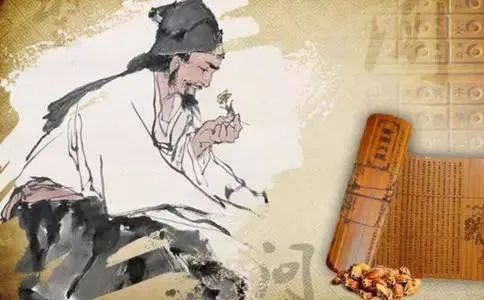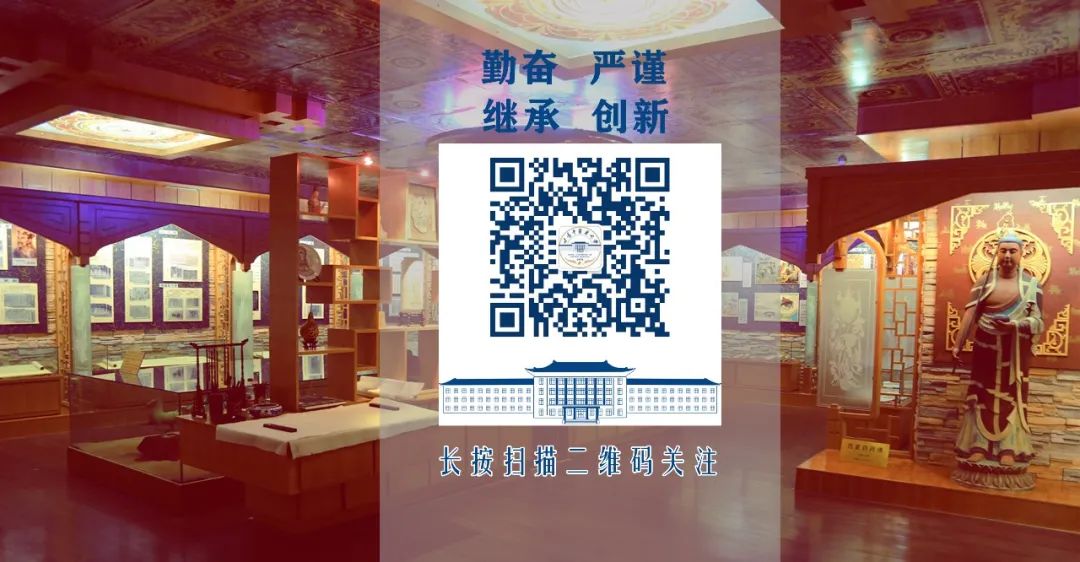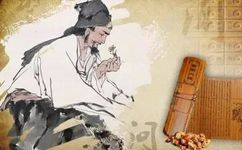Through history, we perceive life,
Returning to the roots while seeking innovation,
is the essential path for the study and development of medical arts.
The Huangdi Neijing (黄帝内经), which includes the Suwen (素问) and Ling Shu (灵枢), is the earliest existing medical classic in China, representing a high-level synthesis of TCM theories before the Qin and Han dynasties. Its theories continue to effectively guide the development of TCM and are considered essential reading for anyone studying TCM.
The Huangdi Neijing consists of approximately 200,000 characters, a feat that is hard to match by any other ancient Chinese text. Moreover, the classical Chinese in the Huangdi Neijing is refined and beautiful, with content that is thought-provoking, making it a challenging read for modern learners.
The Huangdi Neijing should not be viewed as the work of a few individuals, but rather as a culmination of natural and social sciences before the Qin and Han dynasties, a crystallization of the wisdom of the laboring people.
The Suwen (素问) (24 volumes) was compiled by Han scholars, annotated by Wang Bing in the Tang dynasty, and corrected by Lin Yi in the Song dynasty. The book covers topics such as health preservation, yin-yang, organ systems, meridians, symptoms, flavors, pulse, treatment, and diseases, serving as a medical classic that elucidates the causes of illness and methods of treatment, making it a must-read for those studying and researching TCM.
The Ling Shu (灵枢) (12 volumes), authored by Han scholars and explained by Shi Song in the Song dynasty, clarifies the reasons for the formation of meridians and organs and the causes of diseases, making it an essential text for the study and research of acupuncture.
When discussing learning methods, I believe everyone has developed a suitable method from their undergraduate to master’s and doctoral studies. As I learned medicine under a mentor, my learning approach may differ slightly, and I share it here for reference. The core principle is to “study the classics deeply and build a solid foundation.”
The emergence of the Huangdi Neijing marks the formation of a unique and complete theoretical system in TCM, making it a clinical treasure that later generations of physicians must read. Throughout history, no physician has failed to follow the guidance of the Huangdi Neijing in treating patients, writing books, achieving fame, advancing TCM scholarship, and innovating results, all of which are based on the Huangdi Neijing. Therefore, the Huangdi Neijing is regarded as the foremost of the classics and remains essential reading for TCM students, as well as a key component in enhancing the quality of TCM practitioners.
Learning methods: Since the Huangdi Neijing contains a vast amount of content, it is not feasible to read it all at once. One can start by selecting and memorizing some key passages, which is the most convenient method. Most physicians recommend Neijing Zhiyao (内经知要) as an introductory step.
Next, expand your knowledge by referring to ancient and modern commentaries and academic achievements related to the Huangdi Neijing. It is essential to diligently memorize the texts, grasp their profound meanings, and establish a solid foundation, which will be beneficial throughout one’s life.
Thus, it is crucial to read the classics and master them well. Some may argue that memorization is an outdated method of learning, but consider this: when learning a foreign language, why do we eagerly memorize vocabulary?
The key to TCM is clinical efficacy. In reality, the more effort one puts in, the more results one achieves; the more skill one develops, the more adept one becomes. There is no room for concealment or pretense. A medical proverb states: “If the organs could speak, the physician’s face would be ashen.” This means that a good doctor must have a profound theoretical and clinical foundation. The old saying, “To learn remarkable skills, one must work hard,” and “Only when the book is needed does one regret not having read enough,” tells us that to achieve success in our field, we must have solid foundational skills and practice diligently to master true abilities. Only by doing so can we enter the clinical realm, where inspiration arises from within and manifests on paper, allowing for clever variations in prescriptions and treatments, leading to effective results.
Young people have the strongest memory and the most energy, making it the golden age for acquiring knowledge. With effort, there is no reason why one cannot improve their medical skills. Today, we advocate promoting TCM for the benefit of the people, which is the essence of this principle.


The Huangdi Neijing, which includes the Suwen and Ling Shu, covers 81 topics, each focusing on specific content, thus having a broad scope. Therefore, when studying, one should also consider the arrangement and combination of topics as a method of studying the Huangdi Neijing. For example: the first chapter, Shanggu Tianzhen Lun (上古天真论), discusses the regulation of essence. The second chapter, Siqi Tiaoshen Dalu (四气调神大论), discusses the regulation of spirit. The third chapter, Shengqi Tongtian Lun (生气通天论), discusses the regulation of qi. The fourth chapter, Jinkui Zhenyan Lun (金匮真言论), discusses the regulation of blood. These four chapters reveal that essence, spirit, qi, and blood are the foundations of life and existence, emphasizing the methods of nurturing life and spirit, serving as guidelines for disease prevention and treatment, and providing a framework for the entire text.
The following 77 chapters repeatedly clarify and elaborate on the meanings of these four chapters. This method of arrangement and combination, along with thematic discussions, is also a way to study the Huangdi Neijing. In summary, the classics are the source of TCM, and we must study them diligently, inheriting while developing, and innovating while advancing. Self-improvement is the driving force for revitalizing TCM.
The wisdom of the ancients is unimaginable. Why can the TCM classics reach such heights? It is worth pondering for each of us. Why do we repeatedly seek the essence of TCM from the Huangdi Neijing? The reason is simple: the ancients fully utilized a macro and holistic thinking approach, which modern people often cannot replicate.
Those studying TCM today are overwhelmed with too much information and distractions, unable to concentrate like the ancients, nor can they fully utilize the theory of the five elements, nor can they adopt the simple and unified worldview of heaven, earth, and humanity.
TCM is simple and pure, so to study and develop TCM, we must first clarify our thinking methods and learn how to flexibly apply a macro and holistic perspective.
The Huangdi Neijing withstands the test of time, making it a cultural heritage treasure and the reason it is regarded as the foremost medical classic.
This article is excerpted from Introduction to TCM: Lectures by Hu Yongsheng.


Reviewed by: Liu Hong
Edited by: Yang Tao, Wang Jing
Editor: Zhao Zimo


